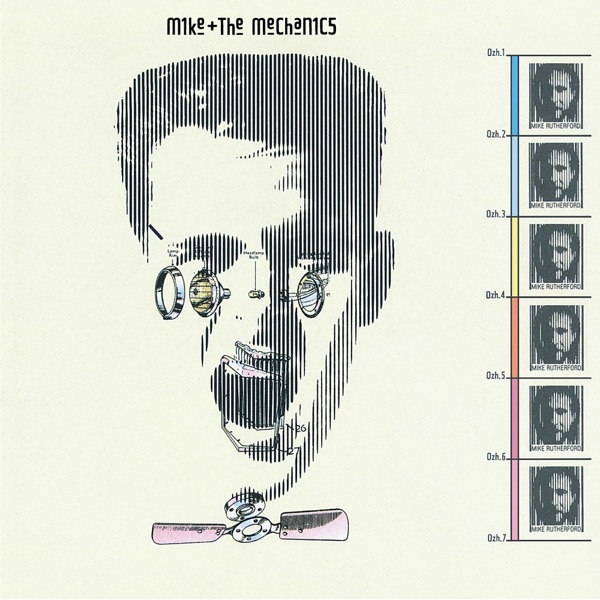
Monday 30th October to Sunday 5th November 2023
On Friday 3rd Jupiter reaches opposition, when it will be at its brightest and shining at an impressive magnitude of around -2.8
By 6pm the planet will have risen above the horizon to the east and if you look to the left of Jupiter you will find the Pleiades open cluster of stars.

Aiming a telescope at Jupiter will reveal all four of its Galilean moons. Sometimes you won't see all four of them, if one is hidden from view as it passes behind the planet.

Turn your telescope towards the south east and you will find Saturn with its dust rings.

You could even try to identify some of Saturn's numerous moons.

If instead you venture outside around 11pm on Saturday 4th, a 53%-lit waning Gibbous Moon will have risen above the horizon to the east.

Just to the right of the Moon will be the Beehive open cluster of stars, also known as M44 in the Charles Messier catalogue. M44 is one of the closest cluster to us and it comprises around 1000 stars. To the naked eye it will resemble a fuzzy blob, but it may be difficult to see at all without a telescope because of light pollution from the nearby Moon.

Finally, both of my talks at the Ham Hill Centre in October and December are now full, but I have just agreed two more dates on Friday 26th January and Friday 8th March next year. The booking forms will be available shortly on the Visit South Somerset website.
www.starsoversomerset.com
Screenshots courtesy of Stellarium
Copyright Adrian Dening and Radio Ninesprings 2023

 False Fire Alarms
False Fire Alarms
 Dog DNA
Dog DNA
 Mobile Phones in Vehicles
Mobile Phones in Vehicles
 Car Free Route
Car Free Route
 Clean up our Countryside
Clean up our Countryside
 Church Bats
Church Bats








